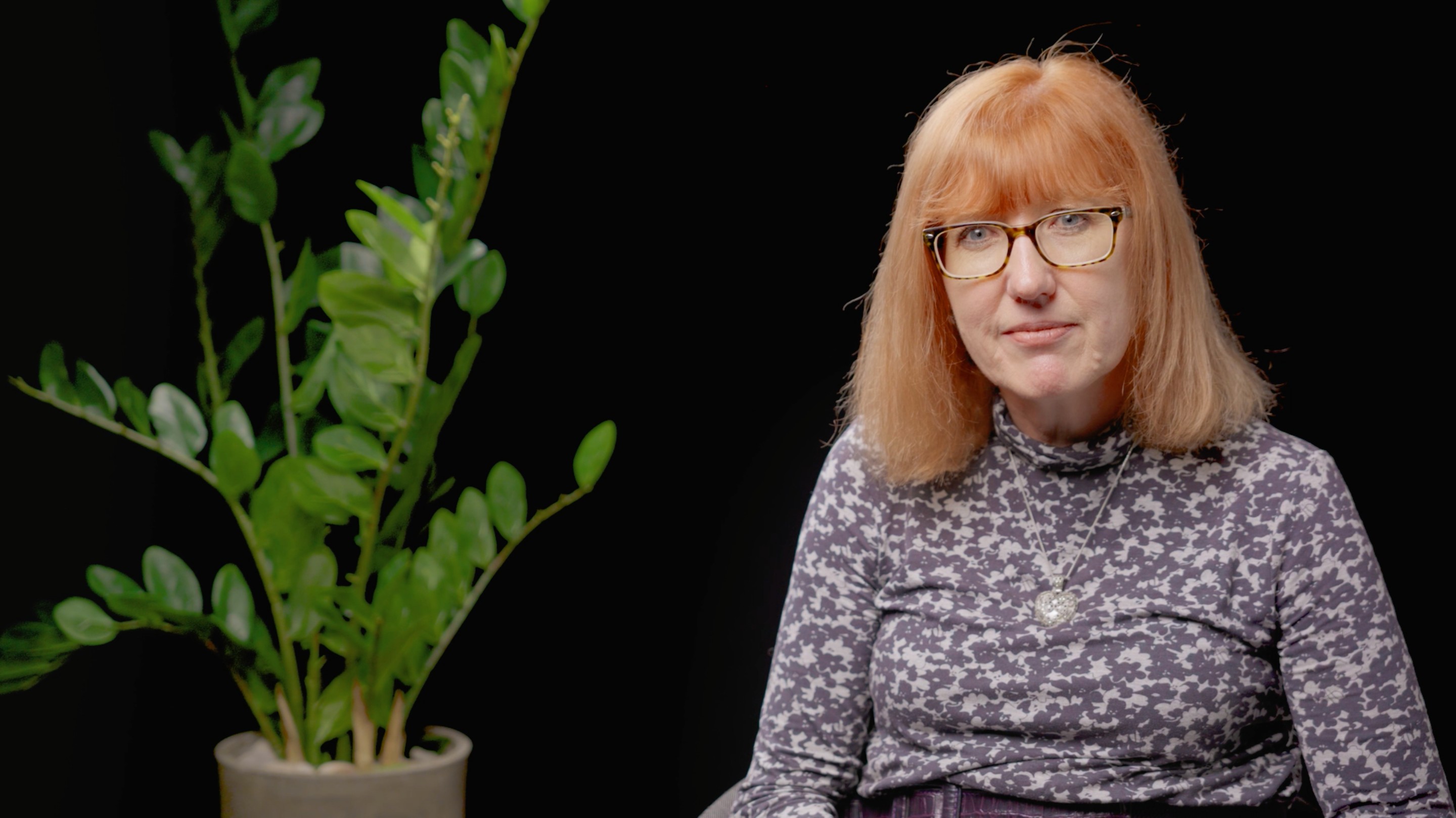
Social Infrastructure SDGs II

Wendy Whewell
22 years: ESG & Climate Change
In this video, Wendy explores four key United Nations Sustainable Development Goals (SDGs): SDG 9 for Industry, Innovation, and Infrastructure, SDG 11 for Sustainable Cities and Communities, SDG 12 for Responsible Consumption and Production, and SDG 17 for Partnerships for the Goals. Join us as we delve into these essential SDGs and their ongoing efforts to shape a more sustainable future for our world.
In this video, Wendy explores four key United Nations Sustainable Development Goals (SDGs): SDG 9 for Industry, Innovation, and Infrastructure, SDG 11 for Sustainable Cities and Communities, SDG 12 for Responsible Consumption and Production, and SDG 17 for Partnerships for the Goals. Join us as we delve into these essential SDGs and their ongoing efforts to shape a more sustainable future for our world.

Social Infrastructure SDGs II
23 mins 20 secs
Key learning objectives:
Understand the aim of SDG 9 and what progress has been made
Understand the aim of SDG 11 and what progress has been made
Understand the aim of SDG 12 and what progress has been made
Understand the aim of SDG 17 and what progress has been made
Overview:
The UN SDGs aimed at improving social infrastructure include SDG 6: Clean Water and Sanitation, SDG 7: Affordable and Clean Energy, SDG 8: Decent Work and Economic Growth, SDG 9: Industry, Innovation and Infrastructure, SDG 11: Sustainable Cities and Communities, SDG 12: Responsible Consumption and Production and finally, SDG 17: Partnerships for the Goals. Here, the last four are covered. SDG 9: Industry, Innovation, and Infrastructure seek to build resilient infrastructure, foster innovation, and promote inclusive and sustainable industrialisation. SDG 11: Sustainable Cities and Communities aims to create inclusive, safe, resilient, and sustainable urban spaces. SDG 12: Responsible Consumption and Production advocates for sustainable management and efficient use of natural resources while reducing waste. Finally, SDG 17: Partnerships for the Goals underlines the need for global partnerships, collaboration, and resource-sharing to achieve all the SDGs effectively.

Wendy Whewell
There are no available Videos from "Wendy Whewell"





















